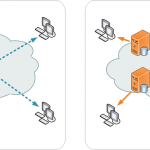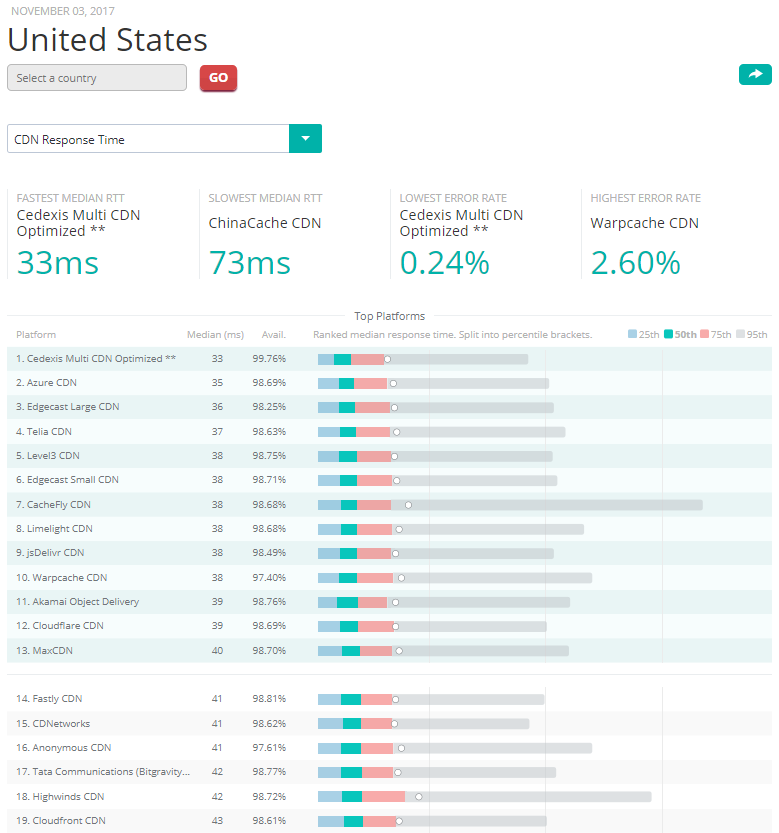Making best use of CDN services is very important. Not only because you have paid for it and not using it is a waste of your money, but also, your website might lag behind your competitor and this could be easily avoided. Lets discuss how we easily avoid doing so.

Before we proceed further let’s understand the type of content your website might have into two broader categories.
1. Static content
2. Dynamic content
Static contents are those contents which are constant in nature does not change very frequently. It is also safe to assume that these content can be shared across the users without having any problem. On the other side, Dynamic contents are those contents which are not static in nature or which are not constant in nature. Also, it is not same for everyone and you might not want to share it across the users. Thus, Static contents are meat to be cached from the CDN servers and should not be delivered from the origin servers as much as possible. This will ensure better performance and less load on your server.

Before you define the CDN rules for your content, make a note of the following points:
- Make a list of Static and dynamic contents.
- Static and dynamic contents can be defined based upon file name or file path file extension. Sometime your entire website may be Static and that you were defined entire website as static.
- You need to check how long it is safe to assume that you are static content is not going to change because that will you find the time to leave or TTL of the static assets.
- Sometime the content might look dynamic example search results but even then search isn’t might not change very frequently and you might want to catch the search result pages for lower amount of time say 5 minutes or 15 minutes depending upon how frequently the content changes on your website.
- Always define the static and dynamic contents. Make sure that you configure these rules on a CDN Dashboard or portal to decide what to cache and what not to cache. Once configured, check whether these objects are cached correctly and dynamic objects are not cached, otherwise the functionality of your website will be broken
- Make a list of the features that you have paid for while purchasing your CDN product and check if you are actually using it. If you see that some of the features you are not using it, try to use it. If not, then talk to your CDN provider and negotiate the price if is it possible.
- Check the data consumption on your CDN usage very frequently and see if you are frequently crossing the monthly quota allocated to you . In case you are crossing the quota, then you might consider moving to the next slot the CDN has, so that you can negotiate for the for the prices. Usually when you cross the quota, the per GB price you have to pay is higher than what you will be paying if you are going for higher quota.
- If you are very sensitive for the downtime, you might consider the provision of having multiple CDNs in place, or failovaer in place. So, if one [primary] goes down, you can quickly move your traffic to your secondary CDN. It might not be price effective but it will ensure that you get better availability for your website.
- Keep a track on the leechers. If possible, analyse the logs very frequently and see the top contributor in your data consumption. Identify if someone is leeching your content. You might want to block it, otherwise you will be paying the price for their usage.
I hope this post of mine help you in some way and you will be able to make best use of CDN.










Nicely explained